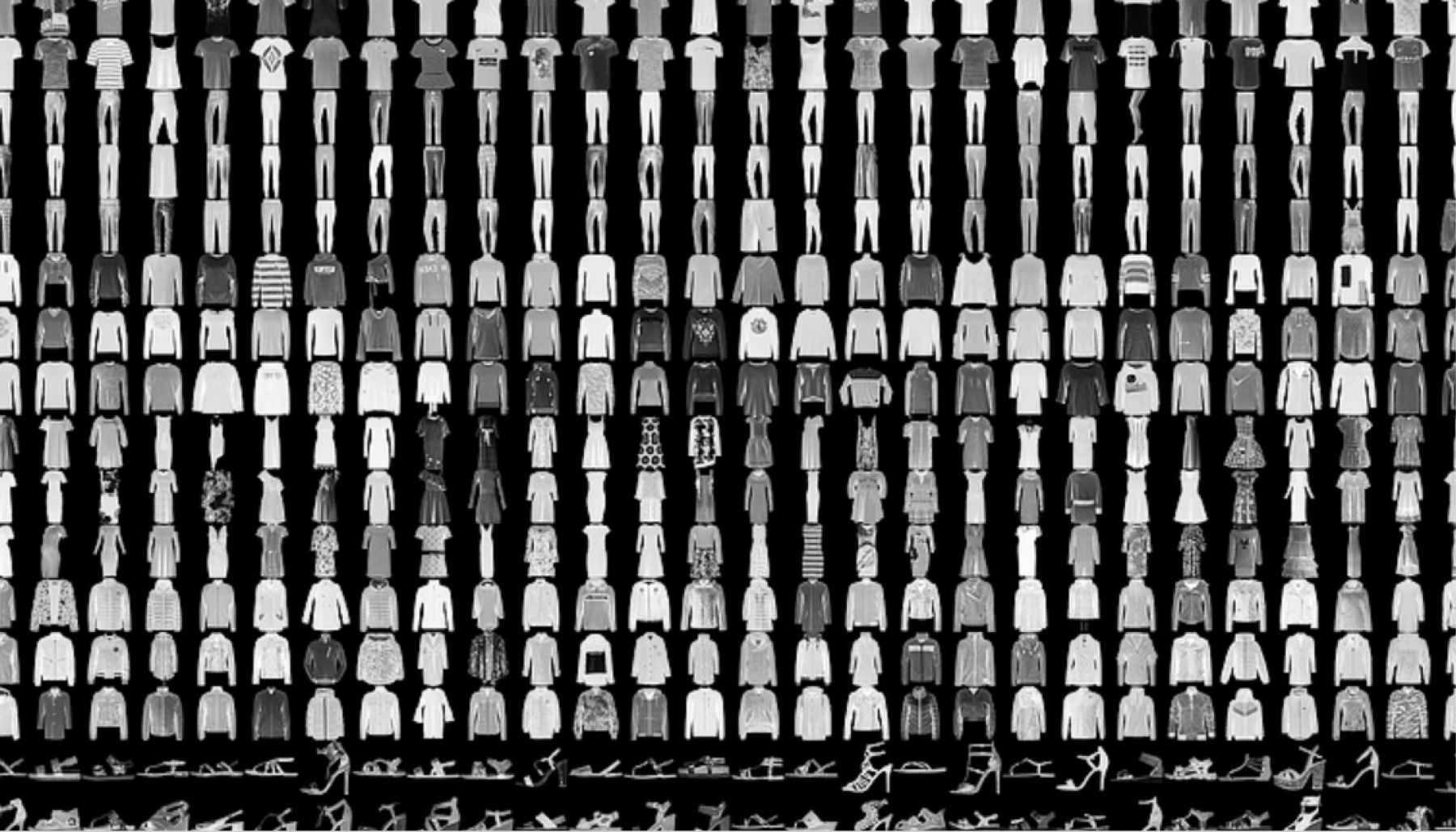Today, technology is perceived as a deus ex machina, a helpful entity that appears and solves complex problems with the switch of a button, from geo-engineering to ‘fix’ climate change (large-scale tech interventions in the Earth's climate system) to QR codes for vaccine passes to ‘fix' COVID-19’s spread. When faced with new problems, new solutions can seem like the only option.
But what of fashion’s sustainability problem? The impact of the sector on the environment has recently come to light, and many actors are seeking to fix it with new technologies. Let’s dive into obvious and not so obvious techs the fashion sector is exploring, and some challenges the high-tech fashion world of tomorrow might be facing in its reliance on new technologies.

Supply chain technologies
Recent studies show that supply chains are where the fashion industry must improve its sustainability practices.
At the design level, 3D tools are being developed to allow creators to digitally experiment with fabrics, silhouettes and colour without wasting textile or energy. Continued experimentation with these techs debunked the idea that technology and creativity were opposites and shows they can integrate the design process. The increased use of e-commerce platforms is also transforming supply chains. Nona source, launched by French luxury group LVMH in April 2021, allows designers to buy remnants from the brands’ ateliers at a low price - tackling the huge issue of wasted materials in the industry.
At a practical level, automated sewing machines - faster than humans - and digital dying machines - that might reduce water consumption by 85% - promise a less energy-taxing industry within a few years. The possibility of 3D printed clothes to simplify their composition and make them endlessly recyclable, joins the quantity of other promises inventors are making.
Nonetheless, these techs allow the fashion industry to keep producing clothes. This might be the real problem: overproduction and overconsumption are two drivers of ecological destruction. However, mentalities are changing as brands begin to explore ‘just-in-time production’, where clothes are made after being purchased. With connected technologies easily switched on and off, this could be the production revolution we need.
With connected technologies easily switched on and off, on-demand production could be the revolution we need in fashion.
These technologies are also large-scale experiments that have a real impact on human lives (as with the sewing machines replacing humans) or the environment. However, they are not regulated yet, and are being implemented by private companies who have profit at heart: who is responsible if things go wrong (or right)? How are we holding brands accountable to share their advances - and failures - so we can create a fairer fashion industry faster?
Technology behind the scenes
Tech is being deployed in completely new ways to manage fashion. Artificial Intelligence is famous for being the next big thing, and the fashion sector is in the loop. Slammed for destroying unsold stock, luxury houses (Gucci, Saint Laurent, Balenciaga) are turning to AI to better manage their stock, relying on data collection to find out what is being sold and what to produce, fighting the issues of waste, dormant stock and overproduction.

Another exciting development is the harnessing of blockchain technologies to improve transparency and accountability in fashion. The New-York based Eon produces product passports, digital IDs that help trace garments: where and how they were made, with what materials, the item’s carbon footprint… This might help identify where a product fails on ethical or environmental criteria, and who is responsible.

Two challenges appear when looking at these ‘behind-the-scenes’ techs. First, they are behind the scenes! Brands are quick to claim they will invest in high-tech solutions to sustainability issues but then slow to fund and use these technologies: how can we make sure the techs are going to be fully implemented, beyond a few experiments and how do we evaluate their impact?
Blockchain technologies and large-scale data storage continue to have a massive environmental impact.
Second, blockchain technologies and large-scale data storage have a massive environmental impact, in terms of energy costs (read Stain Magazine’s take on this here): can using AI and blockchain to fix fashion’s issues only introduce more environmental problems?
Technology and customers
Customers are key actors in the fashion industry, and they have a role to play in the sector’s transformation. But lack of information is a challenge to overcome to allow consumers to participate in this change. Apps like Clear Fashion aim to increase industry transparency: using Environment, Human, Health and Animal indicators, it generates a rating for a piece of clothing to help consumers make the right purchases. Similarly, The Ethical Clothing Search Engine, a spanish search engine, only offers customers ethical products in the search results (n.b., the platform has an interesting quiz that breaks down our wardrobes’ ecological footprint).

Bridging the gap between creators and consumers, Beringei Clothing allows users to vote for designs and clothing concepts - creating data on what designs will be bought, and how much to produce; ensuring creators only produce the clothes they can sell might reduce waste.
Brands are also working on 3D clothing try-on that might allow customers to try on clothes virtually - buying too much will be a thing of the past as it will become easier to select exactly what we want. Clothing transit (exchanges, returns) that contributes to fashion’s eco footprint might also be reduced.

However, these technologies put all customers on the same awareness level about the need for ethical, sustainable fashion - apps and search engines only work if people use them, but there are still consumers who do not care (enough) to learn about their clothes.
Second, using these techs requires a stable Internet connection and basic skills to use phones and computers; although we assume everyone has these, some consumer groups lack both - and they still need clothes. Globally, there are 4.9 billion people with Internet access but this access remains unequal due to “poverty, illiteracy, limited electricity access and a lack of digital skills”, according to the UN, with “older adults, women and those in rural areas” as the least connected groups today, centralised in developing countries. Gender, geography and generations are factors that limit people’s access to technology, including those transforming the fashion sector.
Technology consumer solutions, requiring stable internet connection, forget huge clusters of people without network but still in need to buy clothes.
Third, these techs put the responsibility for a better fashion industry on customers. It becomes the customer’s responsibility to be informed and make the right choices. However, change should also (mainly) come from fast fashion giants, that still dictate how the system works.
Closing thoughts
Technology can create amazing change, and its increasing use shows the fashion industry is changing. However, these technologies are experimental and much of the fashion sector’s activities are still environmentally and ethically problematic.
‘Technology’ is a broad term that can mean high tech machines, but also any human tool, like a needle and thread. Maybe the solution to fashion’s problem is much simpler than we think: rather than high-tech, expensive or environmentally taxing tools, changing our relationship to clothing and modifying production processes might be the simple fix we need.
